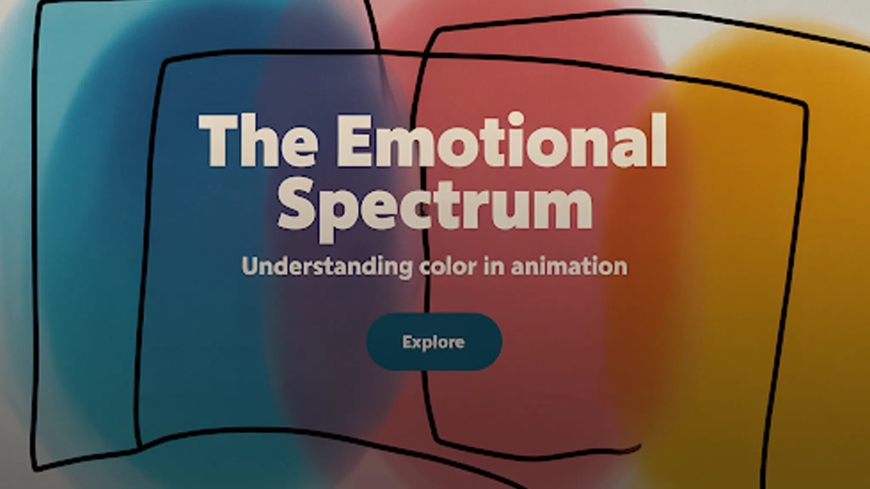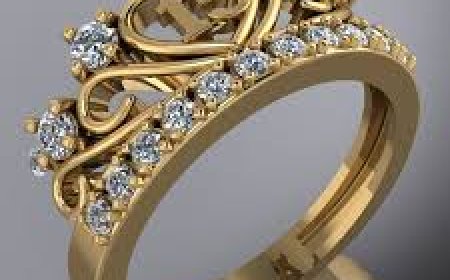The Power of Color in Animation: How Visuals Shape Emotion and Storytelling in 2025

In 2025, the world of animation is more visually rich, emotionally intelligent, and creatively diverse than ever. While we often praise animated content for its storytelling, characters, and movement, one element often overlookedbut incredibly powerfulis color in animation. Color isnt just decoration; its an active storytelling device. From bold primaries that create energy to desaturated hues that evoke nostalgia or sadness, color helps audiences feel the story before a word is spoken.
In this article, well explore how color in animation shapes emotional tone, builds character identity, and works hand in hand with visual design principleslike using shape language adds depth to a character. We'll also take a look at how modern studios like AnimatedVideos are leveraging color and design strategy to produce animations that resonate across industries and platforms.
Why Color Matters in Animation
Color is a language. Just as a script tells a story with words, color tells a story through visual cues and psychological signals. In animation, where realism is often secondary to style and symbolism, color becomes even more critical.
Here are a few key roles that color in animation plays:
-
Emotional Impact: Red conveys urgency or anger, while blue suggests calm or sadness. Animators use this to set the emotional tone of a scene or character.
-
Visual Hierarchy: Bright colors can draw the eye to focal points in a frame, guiding viewer attention.
-
World-Building: Entire fictional universes are built around color palettes, like the pastel tones of Steven Universe or the neon noir of Arcane.
-
Symbolism: Colors can signify loyalty, danger, transformation, or internal conflict, adding layers of meaning without dialogue.
In 2025, the smartest creators are mastering this language not just to make content visually appealingbut to make it unforgettable.
Case Study: Inside Out and Emotional Color Theory
A famous example that demonstrates the power of color in animation is Pixars Inside Out. Each character represents a different emotion and is colored accordingly: Joy is yellow, Sadness is blue, Anger is red, Fear is purple, and Disgust is green. These colors dont just distinguish the charactersthey embody them. The emotional journey of the protagonist is visually coded through evolving color schemes, showing how color can lead the audience through complex psychological landscapes.
Modern studios like AnimatedVideos often study such case studies to develop emotional arcs for their own storytelling, whether for commercials, educational content, or animated explainers.
Color and Character: Design with Purpose
Color isn't just about backgrounds and mood lighting; it plays a crucial role in character design as well. A hero in warm tones feels inviting, while a villain cloaked in cool or shadowy hues can feel menacing. But color does more than assign personalityit interacts with shape language to deepen character design.
Thats why using shape language adds depth to a character. For example:
-
Round shapes combined with pastel colors (think Baymax from Big Hero 6) suggest safety and friendliness.
-
Sharp angles with contrasting or saturated colors can suggest aggression, power, or danger.
-
Asymmetrical shapes and unusual color combinations may signal complexity, quirkiness, or unpredictability.
At AnimatedVideos, designers pay close attention to how color works alongside shape, silhouette, and animation style. A characters silhouette in grayscale should be recognizable, but when layered with intentional color, the personality becomes unmistakable.
How AnimatedVideos Uses Color Strategy in Storytelling
AnimatedVideos, a leading animation studio in 2025, has built its reputation on combining emotional intelligence with visual strategy. Their color workflows are not arbitrarytheyre based on mood boards, brand psychology, and narrative alignment.
Heres how they use color to drive results:
1. Brand Alignment
When creating corporate explainers or product animations, AnimatedVideos ensures the color palette aligns with the brands identity. This creates visual consistency and builds brand trust, even in a fully animated world.
2. Emotional Roadmaps
Before animating, the team develops a color scripta sequence of color palettes mapped to the emotional beats of the video. For example, a video may start with muted blues during a problem scenario and shift to bright greens and yellows as the solution is revealed.
3. Adaptive Palettes for Platform Optimization
Videos destined for social media (like TikTok or Instagram) require brighter, higher-contrast palettes than those designed for internal corporate use. AnimatedVideos adapts their coloring approach based on screen size, user behavior, and viewer context.
Color Trends in 2025 Animation
As we step deeper into the digital age, the trends in color in animation are reflecting both our technological progress and cultural shifts:
-
Neon & Cyberpunk Palettes: Popular in sci-fi and gaming content, these colors add energy and modernity.
-
Muted Naturals: Used in animations for wellness brands and educational content to promote calm and authenticity.
-
High Contrast Minimalism: A favorite in whiteboard and explainer animations, where clarity and focus matter most.
Moreover, with the growing influence of video animation services in fields like healthcare, fintech, and eLearning, colors are being strategically used to reduce cognitive load, guide attention, and increase information retention.
Color and Accessibility
A critical aspect of modern animation design is accessibility. Animation creators must consider how their use of color affects viewers with color blindness or other visual impairments. The best studios, like AnimatedVideos, test their palettes to ensure high contrast, legibility, and clarity, often pairing color with motion or audio cues for a more inclusive experience.
Final Thoughts
In the ever-evolving world of digital storytelling, color in animation is far more than aestheticits a core language that connects audiences to the emotional heartbeat of a story. Combined with principles like using shape language adds depth to a character, and guided by expert teams like AnimatedVideos, modern animation is able to communicate complex narratives in a way that feels intuitive, engaging, and deeply human.
Whether youre a brand creating an explainer video, an animator designing your next character, or a viewer appreciating the artistry of your favorite series, take a moment to notice the colors. Behind every shade is a choiceand behind every choice is a story.







































